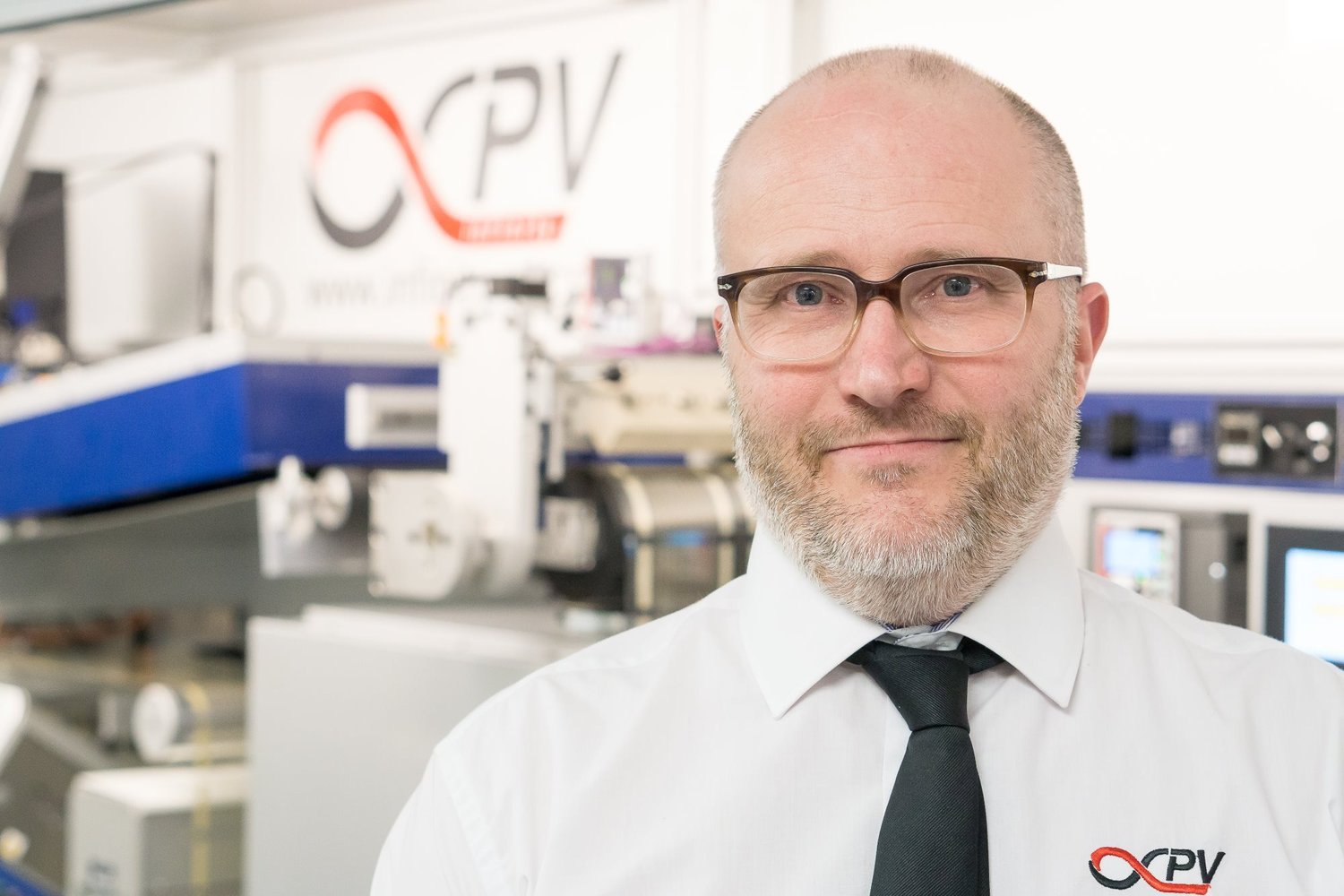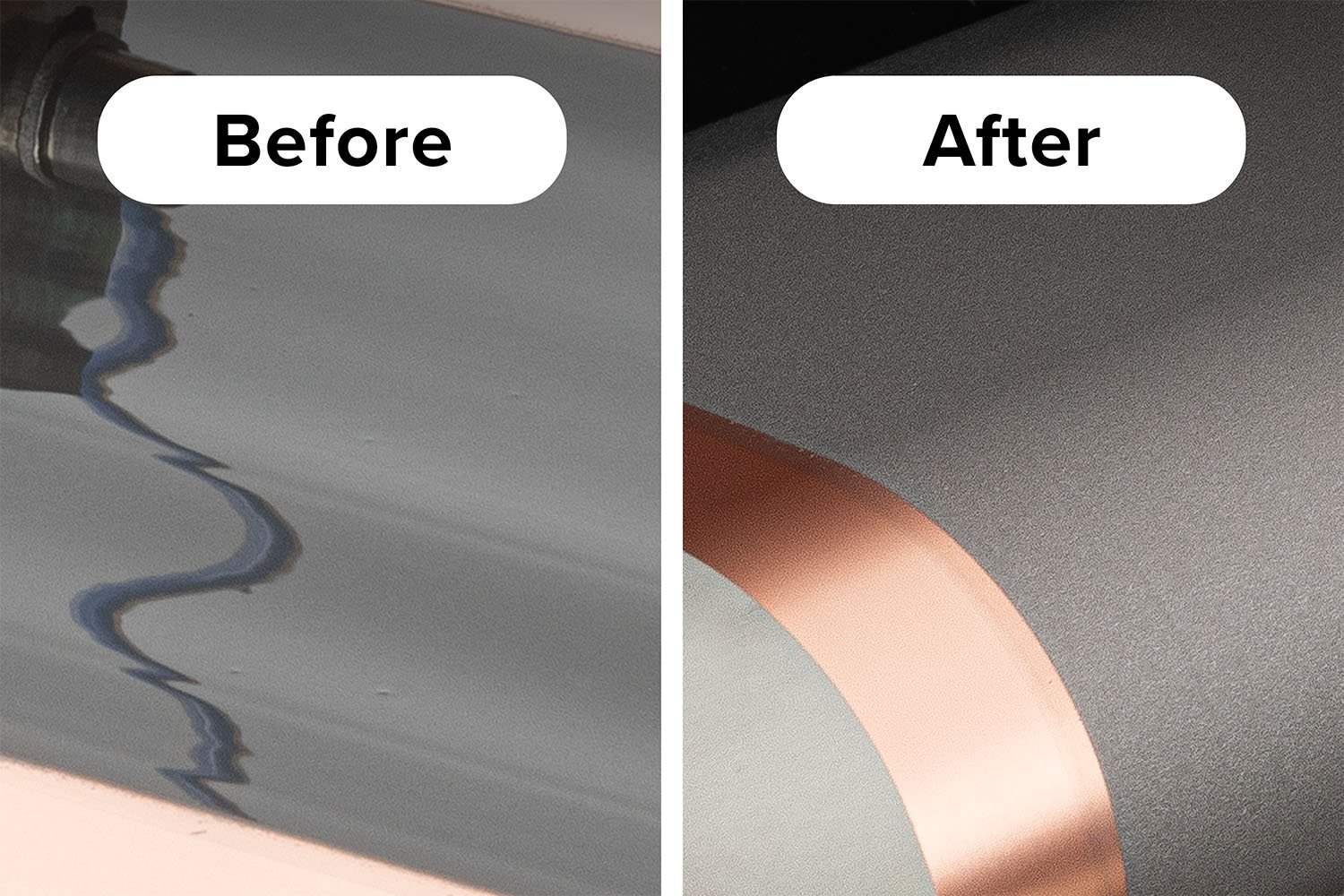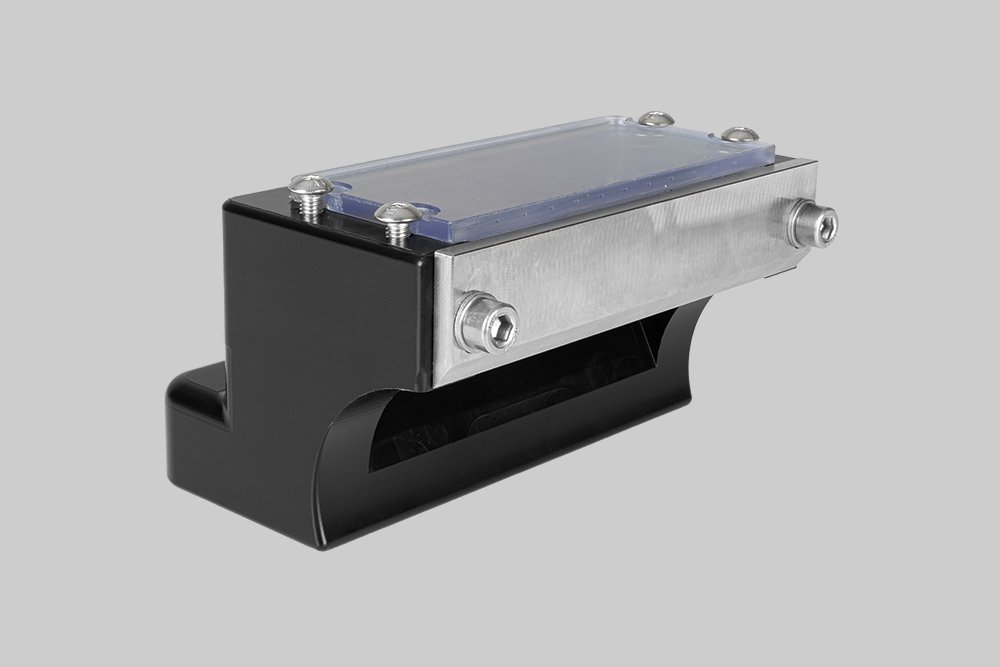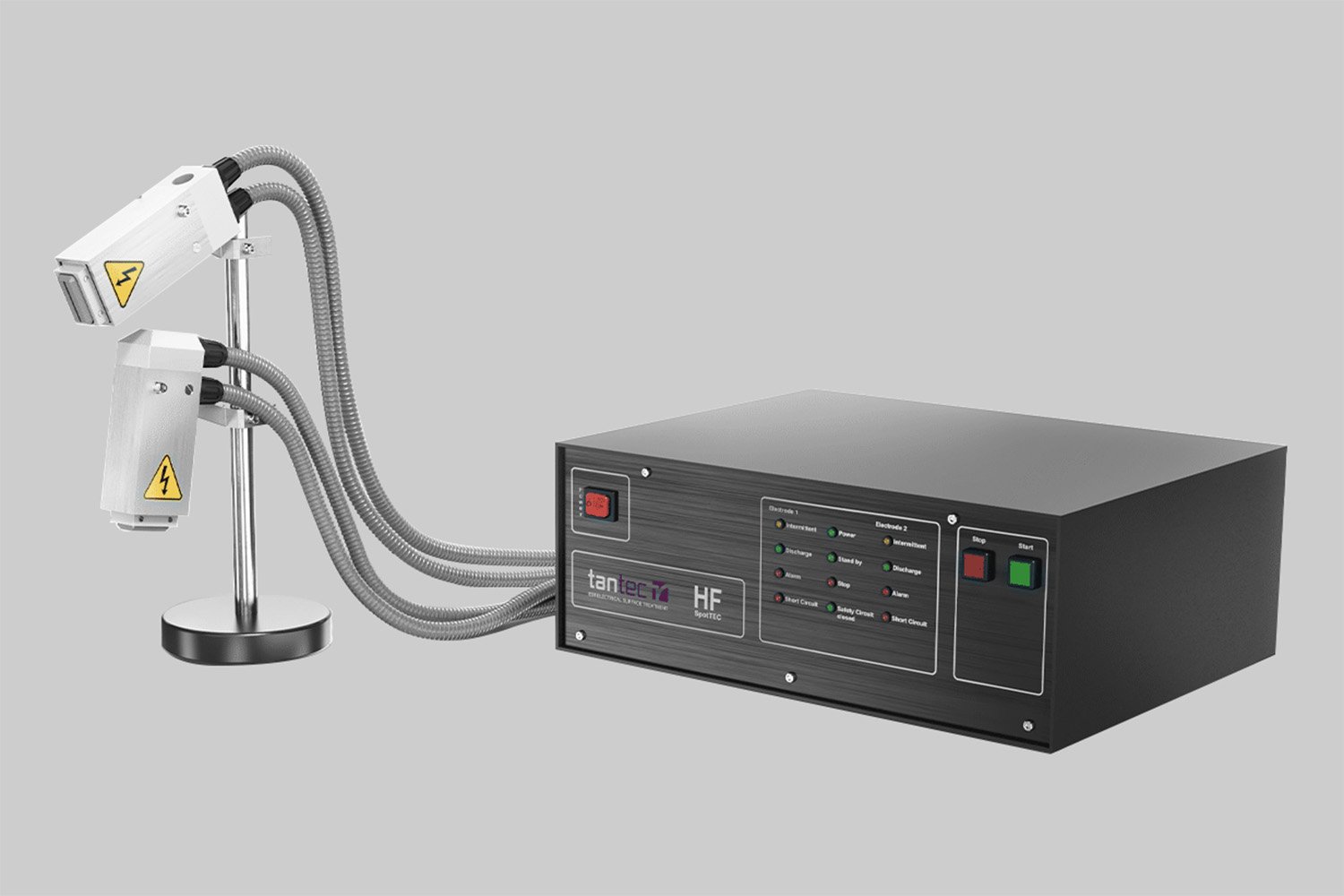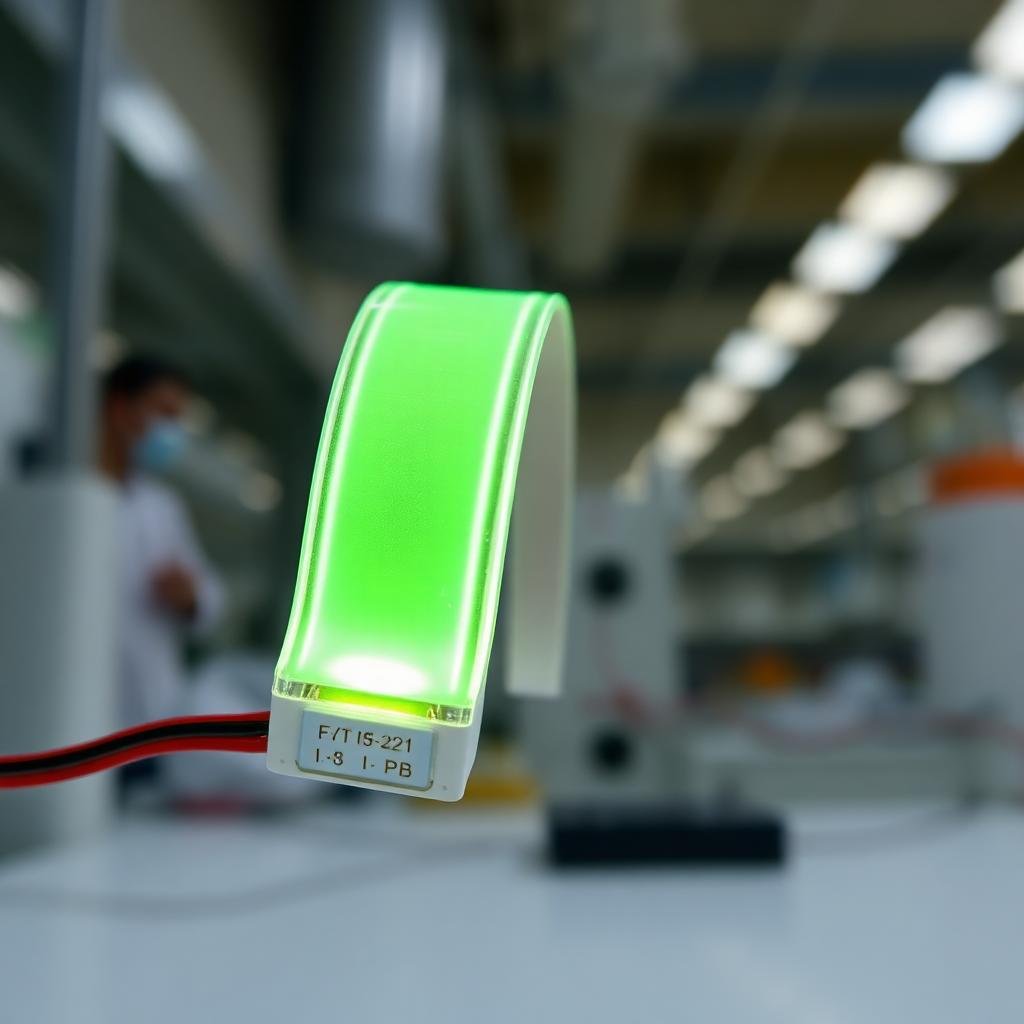
Slot-Die Coating for OLEDs: Precision Deposition for Next-Gen Displays
Why Choose Slot-Die Coating for OLEDs?
Slot-die coating is a crucial technology for the fabrication of OLED (organic light-emitting diode) displays and lighting. It allows for the precise deposition of organic and inorganic materials in uniform thin films, ensuring high-performance OLED devices with excellent efficiency, stability, and reproducibility. Slot-die coating is particularly advantageous for OLED manufacturing due to its high material efficiency, precise layer control, and scalability from research to industrial production. The ability to deposit ultra-thin, uniform films with controlled thickness makes slot-die coating an ideal method for producing OLED emissive layers, hole/electron transport layers, and encapsulation coatings. Moreover, its compatibility with flexible substrates supports the development of next-generation flexible and rollable OLED displays.
Key Benefits of Slot-Die Coating for OLEDs:
Precision & Uniformity: Enables highly uniform coatings with nanometer-scale thickness control, critical for OLED device performance.
Material Efficiency: Minimizes waste, making it cost-effective for expensive organic semiconductor materials.
Scalability: Suitable for both sheet-based R&D and roll-to-roll (R2R) manufacturing for high-volume production.
Versatility: Compatible with a variety of OLED materials, including emissive layers, charge transport layers, and barrier coatings.
Multi-Layer Coating Capability: Essential for complex OLED stack structures requiring multiple functional layers.
Advantages of Slot-Die Coating in OLED Fabrication
Precision and Uniformity: Slot-die coating allows for exceptional thickness control, ensuring homogeneous film deposition across large areas. This is critical for OLED performance, as any irregularities in thickness can affect brightness uniformity, efficiency, and lifetime.
Material Efficiency: OLED materials are often expensive and sensitive. Slot-die coating significantly reduces waste compared to other coating techniques by delivering precise amounts of material directly to the substrate without overspray or evaporation losses.
Scalability: From early-stage research to full-scale manufacturing, slot-die coating seamlessly scales up. Sheet-based coating is ideal for prototyping, while R2R processing enables large-scale OLED production with high throughput and reproducibility.
Versatility for Different OLED Components
Slot-die coating can be used for various layers in OLED devices, including:
Emissive Layers (EML) – Controls light emission and color purity.
Hole Transport Layers (HTL) & Electron Transport Layers (ETL) – Facilitates charge balance for higher efficiency.
Encapsulation Layers – Protects OLEDs from oxygen and moisture, extending device lifetime.
Barrier Coatings – Used in flexible OLEDs to enhance durability.
Slot-Die Coating Equipment for OLEDs
Select a slot-die coater tailored to your OLED material, coating requirements, and production scale. Whether for research or high-volume production, we’ll help you find the perfect system for maximum efficiency and quality.
Boost your OLED research with a lab-scale slot-die coater that simplifies development and optimization, turning ideas into market-ready solutions.
Upgrade from sheet to roll-to-roll coating of OLEDs. First step towards truly mimic industrial scale production of the OLED technology.
A pilot-scale production line that allows for high throughput production of OLEDs. With the 305 mm web width, corona system, edge guide, and advanced drying system, this setup is truly a slot-die coating workhorse.
Your Trusted Partner for Test and Production of OLEDs
With decades of experience in slot-die coating, our expert team is here to provide in-depth guidance on choosing the right system for your needs. Whether you're exploring advanced production methods or need help fine-tuning your setup, we offer expert advice tailored to your project. Contact us to discuss how we can support your solar cell development.
Methods of Slot-Die Coating: Sheet-Based vs. Roll-to-Roll (R2R)
Slot-die coating can be performed in two primary ways: sheet-based and roll-to-roll (R2R). The choice of method depends on the scale of production and material requirements.
Sheet-based coating is ideal for small-scale research and prototyping. In this approach, individual sheets are coated one at a time, allowing for precise process control and easy adjustments. This makes it well-suited for materials testing, optimization, and small-batch production. The advantages of sheet-based coating include:
Greater flexibility in parameter adjustments.
Ability to test different formulations without large material costs.
Simplified equipment setup compared to roll-to-roll systems.
Roll-to-roll (R2R) coating, on the other hand, is a continuous process designed for large-scale manufacturing. A flexible substrate is unwound from a roll, coated, dried, and rewound, ensuring high efficiency and throughput. This method is widely used in industries such as solar energy, battery production, and flexible electronics, where consistent, high-volume coating is required. Key benefits of R2R slot-die coating include:
High-speed production with minimized downtime.
Uniform coating over large areas.
Compatibility with multiple layers and processing steps in a single pass.
Slot-die Heads
The slot-die head is a fundamental component of the slot-die coating system, responsible for ensuring consistent material flow and precise film formation. Its design directly impacts the quality of the final coating, making it a critical factor in both research and production environments. Slot-die heads are engineered to provide high precision and minimal material waste, offering a scalable solution from laboratory-scale experiments to large-scale manufacturing.
Materials and Compatibility
Slot-die heads are available in a variety of materials such as PEEK, stainless steel, and titanium, each selected for its compatibility with different coating materials. PEEK is known for its high chemical resistance, making it ideal for applications involving aggressive solvents. Stainless steel is commonly used for general-purpose coatings due to its durability and ease of cleaning, while titanium is often chosen for its superior resistance to corrosion, especially when working with aggressive or reactive chemicals.
Size and Customization
Slot-die heads come in various sizes to accommodate a wide range of substrates, from small laboratory samples to large industrial-scale films. The coating width is a key consideration when selecting a slot-die head, as it must match the size of the substrate to ensure uniform material distribution. Available widths typically range from 40 mm to 305 mm, but custom sizes can be made to fit specific needs. Additionally, interchangeable shims allow for fine-tuning of the coating width and thickness, giving users flexibility to adjust to different applications and material types. This customization is essential when working with a variety of substrates, ensuring optimal performance and minimizing waste.
Film Thickness Control
Precise control over film thickness is one of the key advantages of slot-die coating, and the slot-die head plays a crucial role in this. Adjustable shims within the head allow for fine-tuning of the gap through which the coating material is dispensed, directly influencing the final layer thickness. This level of precision is essential for applications where even small deviations in film thickness can impact product performance, such as in the production of solar cells, batteries, and flexible electronics.
Heated Slot-Die Heads
For certain applications, especially those involving high-viscosity materials or temperature-sensitive coatings, heated slot-die heads can be an essential addition. These heated heads maintain the coating material at an optimal temperature, ensuring consistent viscosity and flow during deposition. This is particularly useful for materials that need to be applied at specific temperatures for proper curing or to maintain their viscosity, such as in the production of perovskite solar cells or other advanced thin-film technologies. Heated heads also help reduce the risk of clogging or uneven material flow, ensuring more reliable and consistent results.
Maintenance and Ease of Cleaning
The ease of cleaning and maintenance of slot-die heads is another important consideration. Slot-die heads are designed for quick disassembly, which simplifies cleaning after each run and ensures that there is no cross-contamination between different coatings. Depending on the material being coated, the head can be cleaned using various methods, such as solvent flushing or ultrasonic cleaning. Regular maintenance helps extend the lifespan of the equipment and ensures the long-term reliability of the coating process.
Selecting the Right Slot-Die Head
When selecting a slot-die head, several factors must be taken into account to ensure compatibility and optimal performance:
Material compatibility – The slot-die head must be constructed from materials that can withstand the chemicals in the coating solution.
Coating width – The head must match the width of the substrate to ensure uniform coating.
Film thickness precision – Adjustable shims allow for control over the coating thickness.
Ease of cleaning and maintenance – Quick disassembly and cleaning features ensure minimal downtime and better process efficiency.
Heated heads – For temperature-sensitive applications, heated slot-die heads are crucial for maintaining the viscosity of the coating material.
In summary, the slot-die head is a versatile and essential component in the slot-die coating process. Its material, size, and features such as adjustable shims and heated capabilities can be customized to suit a wide range of applications, ensuring high-quality coatings with minimal waste.
Slot-Die Coating Components
Achieving precise, uniform coatings in slot-die coating requires a carefully integrated system of components that support, optimize, and enhance the overall process. These components play distinct roles in ensuring high-quality deposition, minimal material waste, and efficient production across different scales, from laboratory research to full-scale manufacturing
Drying and curing systems are critical for solvent evaporation and material stabilization. These systems include hot air, inert gas, infrared (IR), UV, and UV-LED options, allowing for flexibility in processing different materials. Air knives can further optimize drying by removing excess solvent or liquid before curing, helping to achieve uniform film thickness.
In addition to drying and curing, a laminator is often integrated into the slot-die coating process to ensure that multiple layers of coating materials are applied evenly. Laminators are used to bond coatings to substrates, creating a smooth, consistent layer. This process is crucial when working with flexible substrates, such as in the production of flexible electronics, solar panels, and other applications that require high precision and uniformity. The laminator ensures that multiple layers of material adhere properly without defects, offering an additional layer of quality control.
Pumps play a vital role in controlling fluid delivery. Syringe pumps, such as the Jumbo and Mammut models, are ideal for low-flow, precise liquid deposition, while gear pumps are better suited for continuous high-volume coating in roll-to-roll systems. Choosing the right pump depends on the viscosity, flow rate, and stability of the coating material.
An air knife is a key component used in drying applications to optimize the coating process. Air knives efficiently remove excess solvent or liquid from the coated surface before the curing step. By precisely directing a high-speed airflow, air knives promote uniform drying, prevent material pooling, and help achieve consistent film thickness. This is particularly valuable in high-throughput roll-to-roll applications, where fast and even drying is critical to maintaining process efficiency and coating quality.
Corona and plasma surface treatment systems enhance adhesion by modifying the surface energy of substrates. This is particularly useful for non-porous materials like PET, PEN, and glass. Surface treatment ensures better wetting and uniform deposition of coating solutions.
infinityPV’s Slot-Die Coating Solutions
At infinityPV, we specialize in modular, high-precision slot-die coating systems designed for laboratory, pilot, and industrial-scale production. Our product offerings include precision-engineered slot-die heads available in various materials and customizable widths. We also provide flexible pumping systems, including syringe and gear pumps, tailored to different coating applications. For more information on how our solutions can meet your needs, visit our slot-die coating product page or contact us directly.



